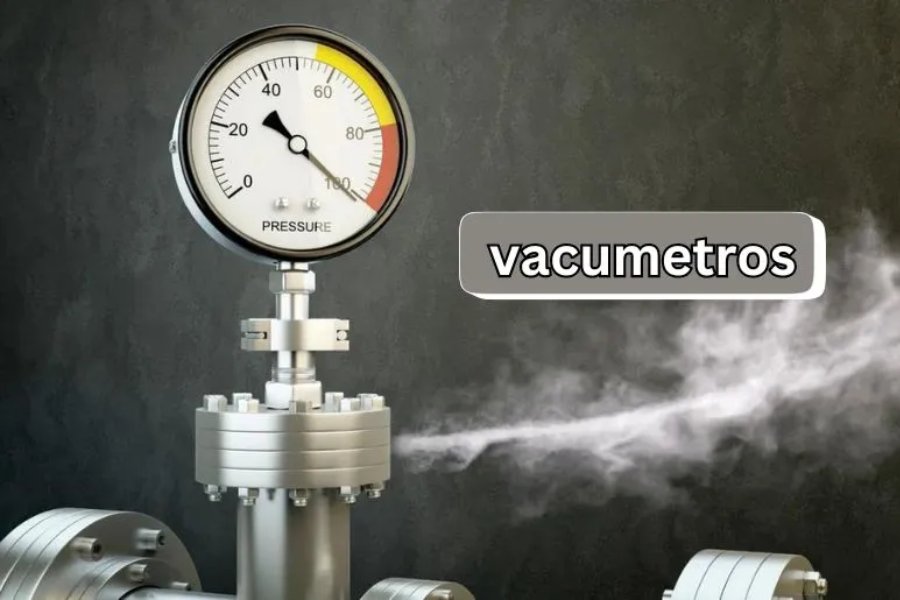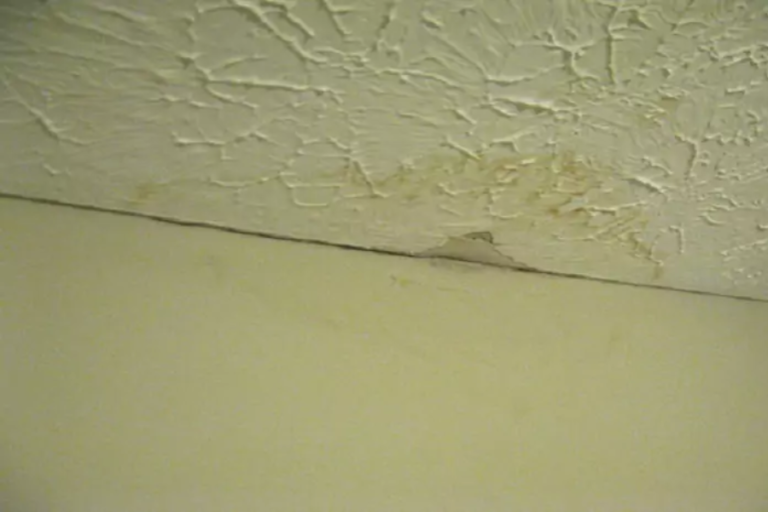Mastering Vacumetros: Essential Information for Accurate Vacuum Measurement
Understanding Vacuum Gauges
Vacuum technology plays a critical role across various industries, from manufacturing to space exploration. One key component in this technology is the vacuum gauge, also known as a vacuum meter. These devices are essential for measuring and maintaining precise vacuum levels, ensuring processes are completed accurately and efficiently.
Vacuum gauges are used to monitor and control vacuum conditions in a wide range of applications, including cleaning environments, removing by-products from process chambers, and establishing necessary pressure levels. They are indispensable tools in research laboratories, manufacturing plants, and even in the aerospace industry.
In this article, we will explore the world of vacuum gauges, discussing their types, significance, and applications. We’ll also provide guidance on what to consider when purchasing a vacuum gauge, tips for maintaining it to ensure optimal performance, and a look at the future of this essential device.
The Evolution of Vacuum Meters
The term “vacuum” refers to a space devoid of particles or a state of near-empty conditions. The journey of vacuum technology began with the invention of the barometer, a simple device designed to measure atmospheric pressure. This early invention laid the groundwork for understanding and measuring vacuum conditions.
Over time, scientists refined and advanced these early devices, leading to the development of modern vacuum meters, or vacumetros. Today’s vacuum meters offer precise measurement and quantification of vacuum levels within various environments. They are essential tools that provide critical insights into the performance of vacuum systems.
From laboratory researchers to industrial engineers, vacuum meters are indispensable in advancing technological and scientific pursuits. They play a vital role in enhancing efficiency and accuracy across diverse fields, marking significant progress from their humble beginnings.
Importance of accurate pressure levels
Inaccuracy of pressure sabotages the chemical process, resulting in insufficient yield or material disposition. Hence, it causes an increase in the production cost or results in the failure of the process. Not only that, but inaccurate pressure levels reduce the process efficiency and adversely affect HVAC (Heating, ventilation, and air conditioning) system performance.
For instance, accurate vacuum measurement is essential during refrigerator installation or service. If the refrigerant does not circulate efficiently, the liquid refrigerant ingestion can damage the compressor. Similarly, air ducts remove dust, debris, and contaminants. If the vacuum measurement is not accurate and the cleaning process is incomplete, it can cause damage to the residents of the building. Therefore, industries, scientists, and even handypersons refrain from using less accurate vacuum measurement methods and prefer vacumetros to conduct the process accurately.
Types of Vacuum Meters
Vacuum meters come in various types, each designed for specific applications and levels of precision. Here are the key types:
Analog Gauges
These traditional gauges use a dial and needle to display pressure readings. They offer a straightforward visual representation but may lack the precision and additional features of modern devices.
Digital Gauges
Digital gauges provide precise measurements and often come with features like data logging and connectivity options. They offer a digital display of pressure levels, making it easier to track and analyze data.
Pirani Gauge
The Pirani gauge, a groundbreaking invention of the 20th century by Marcello Pirani, measures medium to high vacuum levels. It operates based on the thermal conductivity of gases, offering reliable measurements in various applications.
Ionization Gauges
Ionization gauges, another significant advancement from the 20th century, measure vacuum levels by analyzing the ionization of gas molecules within a chamber. They are particularly effective for determining high vacuum levels with high accuracy.
Capacitance Manometers
Capacitance manometers measure pressure changes by detecting variations in capacitance between diaphragms. They are known for their precise and reliable readings across a broad pressure range, making them suitable for demanding applications.
How Vacuum Meters Work
Vacuum meters, or vacuometers, measure the pressure difference between a vacuum and atmospheric pressure. Here’s a breakdown of how they operate:
Pressure Measurement
A vacuum meter is connected to a vacuum system through its ports. It detects the pressure levels by measuring the absence of air molecules or the reduction in pressure within the system compared to atmospheric pressure.
Components
- Pressure Sensor or Gauge: This is the core component that measures the vacuum level. It can be based on various technologies, such as thermal conductivity or ionization, depending on the type of vacuum meter.
- Display Unit: Shows the pressure readings in a digital or analog format, providing a clear view of the vacuum level.
- Connecting Ports: These allow the vacuum meter to be integrated into the vacuum system, ensuring accurate measurements.
- Calibration Controls: Used to calibrate the meter for precise readings, ensuring the accuracy of measurements.
The vacuum meter continuously monitors and displays the pressure, providing valuable data to ensure the proper functioning of vacuum systems and processes.
Range of Vacuum Measurement
Vacuum meters, or vacuometers, are designed to measure a wide range of pressure levels, depending on the specific needs of different applications. Understanding the measurement range is crucial for selecting the right vacuometer for your needs.
High Vacuum Levels
For applications requiring extremely low pressures, such as space simulation or electron microscopy, you need a vacuometer with a low maximum pressure threshold. These meters are capable of accurately measuring very high vacuum levels where the presence of a few gas molecules can impact results.
Low to Medium Vacuum Levels
For general applications like leak detection, vacuum furnaces, and film deposition, a vacuometer that measures lower pressure levels is sufficient. These devices handle a range of pressures that are typical in most industrial and scientific settings.
Predicting Future Developments and Trends
As technology continues to advance, the future of vacuum meters is poised for significant evolution. Here are some anticipated developments and trends in the field:
Portable Vacuum Meters
Miniaturization is a key trend in technology, and vacuum meters are no exception. The future will likely see more compact and portable vacuometers designed for precise measurements in challenging environments. These portable devices will offer convenience without compromising accuracy, making them ideal for fieldwork and remote applications.
Smart Vacuum Meters
The integration of IoT and Industry 4.0 technologies will transform traditional vacuum meters into smart devices. Future vacuometers will feature advanced automation for data analysis, real-time monitoring, and remote control capabilities. These smart vacuometers will require minimal human intervention while providing comprehensive insights and improved operational efficiency.
Emerging Trends in Vacuum Measurement
Vacuum meters are becoming increasingly crucial in cutting-edge research, including studies on nanoscale phenomena and thin-film deposition. The field of quantum computing is also driving the demand for ultra-high precision vacuum measurements. As these applications evolve, we can expect vacuum meters to adapt, offering new functionalities and enhanced performance to meet the needs of these advanced fields.
FAQs
What is a Vacumetro?
A vacumetro is a device used to measure vacuum pressure in various systems. It is commonly employed in industries and laboratories to monitor and control vacuum levels accurately.
How does a Vacumetro work?
Vacumetros typically use sensors to measure the pressure within a vacuum system. The readings are then displayed on a gauge or digital display, allowing users to monitor the vacuum level in real-time.
What are the different types of Vacumetros?
There are several types of vacumetros, including:
- Analog Vacumetros: Utilize a needle gauge to display pressure readings.
- Digital Vacumetros: Provide precise readings on a digital screen.
- Mechanical Vacumetros: Operate using mechanical components to gauge pressure.
- Electronic Vacumetros: Employ electronic sensors for high-accuracy measurements.
What industries use Vacumetros?
Vacumetros are used in a variety of industries, including:
- Manufacturing: For quality control and process optimization.
- Laboratories: To ensure accurate experimental conditions.
- HVAC Systems: To monitor and maintain proper vacuum levels.
- Automotive: For testing and diagnostics.
How do I maintain a Vacumetro?
Regular maintenance includes:
- Calibration: Periodically calibrate the device to ensure accurate readings.
- Cleaning: Keep the sensor and gauge clean to prevent debris from affecting performance.
- Inspection: Check for any signs of wear or damage and replace parts as needed.
Can I use a Vacumetro for different types of vacuums?
Yes, most vacumetros are versatile and can be used for various vacuum systems. However, ensure the device is compatible with the specific range and type of vacuum you need to measure.
What should I consider when choosing a Vacumetro?
Consider factors such as:
- Measurement Range: Ensure it covers the range of vacuum pressures you need.
- Accuracy: Look for devices with high precision for critical applications.
- Durability: Choose a robust model if it will be used in harsh environments.
- Ease of Use: Opt for user-friendly models with clear displays and controls.
Conclusion
Vacumetros play a crucial role in various industrial and scientific applications by providing precise measurements of vacuum pressure. Understanding the different types, their applications, and proper maintenance can help you select the right vacumetro for your needs. Whether you require a digital, analog, mechanical, or electronic model, choosing the appropriate device will ensure accurate readings and effective performance in your vacuum systems. Regular upkeep and calibration are essential to maintain the accuracy and reliability of your vacumetro, ultimately contributing to the efficiency and success of your operations.






